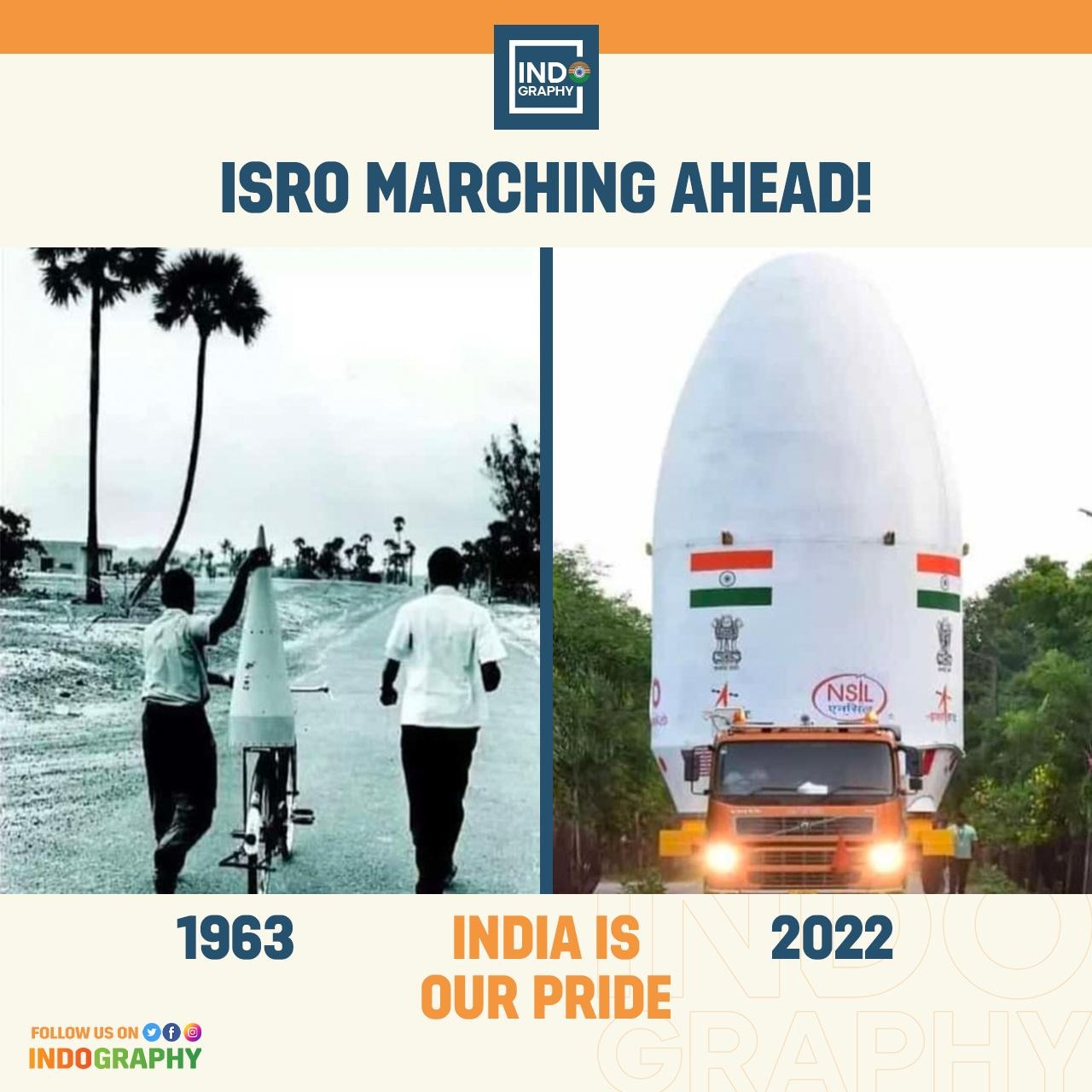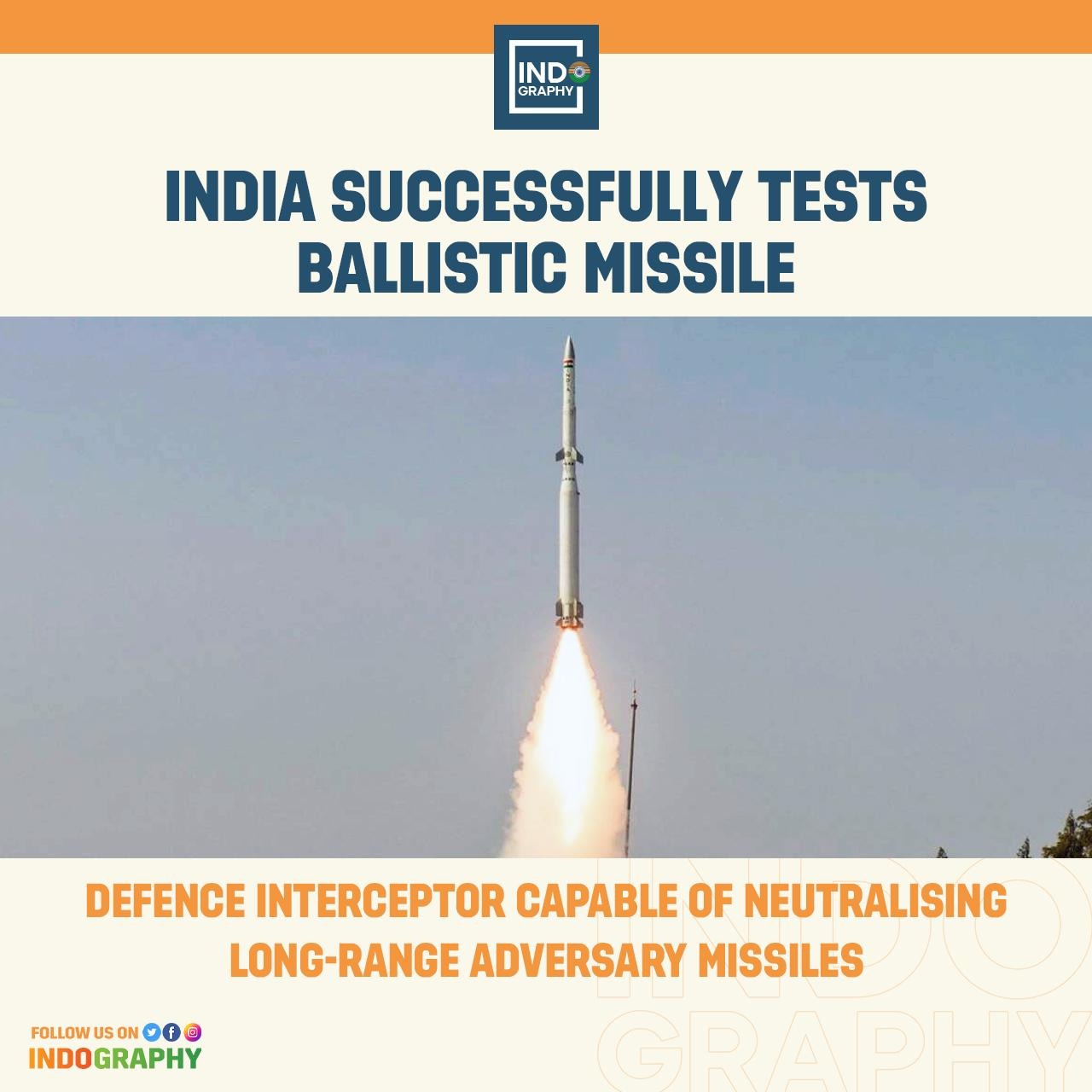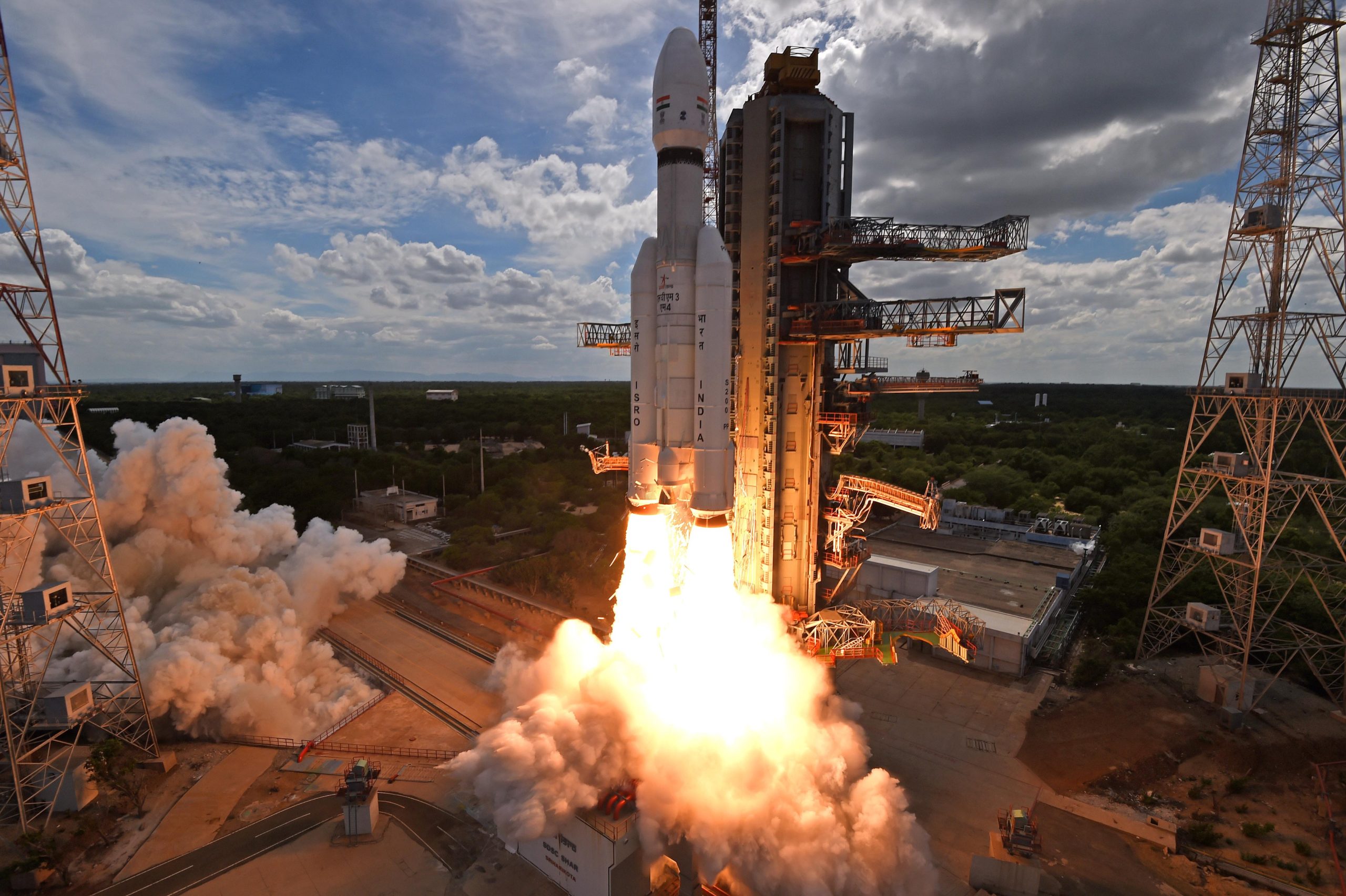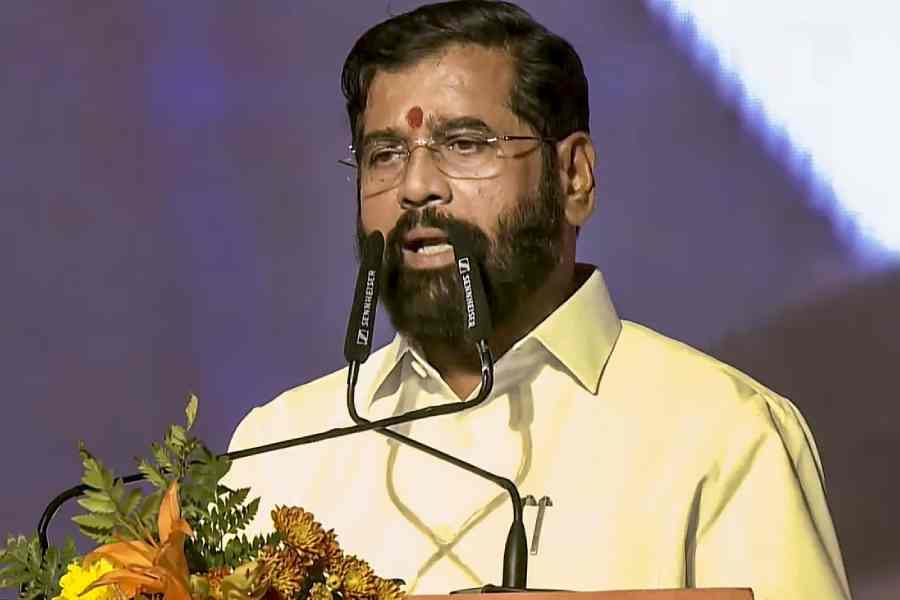On Sunday, at 12.07 am in Sriharikota, off the coast of the Bay of Bengal, it was almost like an early Diwali, with the sky lit up by the launch of 36 OneWeb satellites. The Indian Space Research Organisation (Isro) launched a 43.5-meter-tall Geosynchronous Satellite Launch Vehicle Mark III (GSLV Mk III) rocket.
After the countdown, which started 24 hours in advance, once the mega screen marked the launch, a select group of invitees at the gallery cheered by applauding the feat. The 36 communication satellites were placed on low-earth orbit as part of the OneWeb India-1 mission, or the LVM3 (Launch Vehicle Mk III) M2 mission.

This marked the maiden commercial launch of LVM3, India’s heaviest launch vehicle, also known as GSLV Mk III. It was also NewSpace India’s (NSIL’s) first launch with the vehicle (NSIL is the commercial arm of Isro). It also became the first Indian rocket with a payload of 5,796 kilograms.
OneWeb, formally known as Network Access Associates, is the UK-based customer of NSIL, Isro’s commercial arm, and a global communication network powered from space, enabling internet connectivity for governments and businesses. Bharti Enterprises is one of the major investors in OneWeb.
The GSLV Mk III is reportedly a three-stage rocket with the first stage fired by solid fuel, the second by liquid fuel, and the third in cryogenic mode. OneWeb satellites are arranged in 12 orbital planes with 49 satellites in each plane on a 1,200-kilometre circular orbit. The company is implementing a constellation of low-earth orbit satellites and will have 648 satellites.
The Chandrayaan-3 mission is India’s third space venture targeting the moon. Although it was supposed to launch in late 2020 or early 2021, it was reportedly delayed due to the pandemic.








